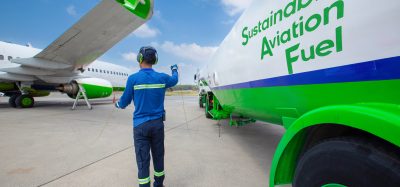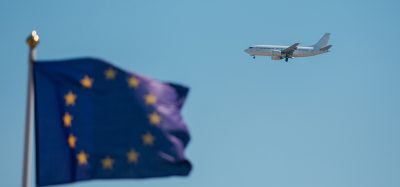Gatwick Airport launches cross border arrival management system
- Like
- Digg
- Del
- Tumblr
- VKontakte
- Buffer
- Love This
- Odnoklassniki
- Meneame
- Blogger
- Amazon
- Yahoo Mail
- Gmail
- AOL
- Newsvine
- HackerNews
- Evernote
- MySpace
- Mail.ru
- Viadeo
- Line
- Comments
- Yummly
- SMS
- Viber
- Telegram
- Subscribe
- Skype
- Facebook Messenger
- Kakao
- LiveJournal
- Yammer
- Edgar
- Fintel
- Mix
- Instapaper
- Copy Link
Posted: 11 December 2019 | International Airport Review | No comments yet
A new border system has lead to reductions in fuel usage, carbon emissions and holding times for arriving aircraft at Gatwick.


Following a successful Single European Sky ATM Research (SESAR) trial run by NATS and partners across Europe, Gatwick Airport has launched an innovative cross border arrival management system, known as XMAN.
The new system has demonstrated multiple benefits – including reductions in fuel usage and CO2 emissions – but, most notably, reduces the holding times for aircraft arriving into the airport.
The system’s success relies on the sharing of information between Gatwick Airport, NATS and surrounding Air Navigation Service Providers (ANSPs), who work together to slow down aircraft which are up to 350 nautical miles from London.
Gatwick Airport uses a single runway for both arrivals and departures – this allows for the airport to utilise the runway capacity equally for arrivals and departures, or favour departures or arrivals in order to reduce delays. With the use of the new system, any delay data can be shared premature to the aircraft reaching the terminal manoeuvring area. This allows for air traffic to slow down en-route at a higher altitude, where the aircraft operates more efficiently. This method is expected to save over 26,000 minutes in airborne low-level holding annually and, as a result, is predicted to save 1,200 tonnes of airline fuel and reduce CO2 emissions by 3,800 tonnes.
Head of Queue and Capacity Management Solutions, Andy Shand, said: “Deploying cross-border arrival management for Gatwick Airport is a great achievement and the first time these concepts have been demonstrated for a single-runway airport, helping to deliver time, fuel and emission savings. It has been a great example of effective cooperation between multiple ANSPs, enabled by SESAR, and we’d like to thank our partners for their support. There is still more to do and we will continue to work with our partners across Europe through SESAR and other collaborations, not only to minimise our environmental impact but also to ensure that air travel is more efficient.”
Related topics
Air traffic control/management (ATC/ATM), Capacity, Emissions, Sustainable development


















